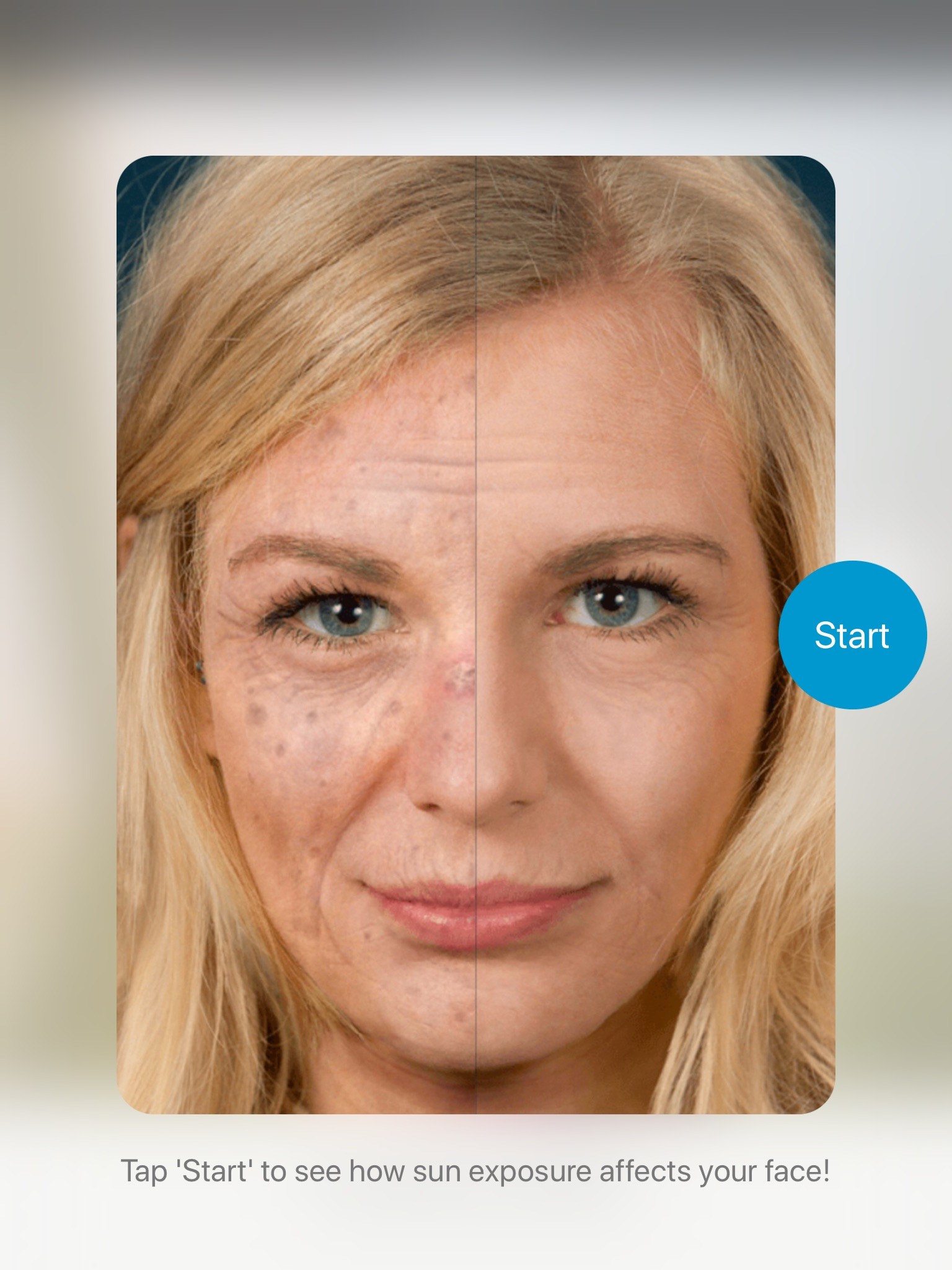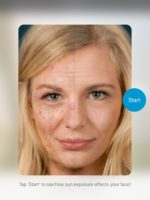Author Interviews, Dermatology, Environmental Risks / 19.09.2019
Needle-free injection of exosomes enable skin repair after UVB damage
MedicalResearch.com Interview with:
Dr. Ke Cheng, PhD
Professor, Department of Molecular Biomedical Sciences, NCSU
Professor, UNC/NCSU joint Department of Biomedical Engineering
MedicalResearch.com: What is the background for this study? What are exosomes?
Response: People are developing lots cosmetic products to keep a healthy and young appearance, like antioxidants, growth factors, peptides and more recently, stem cell products. Also, people are seeking more effective solutions for better absorption, like lotion, mask, laser and fillers. What is used for the treatment and how to deliver it are vitally important to the final effect and lasting time.
Exosomes are nano-sized small vehicles containing proteins, nucleic acids, and they are messengers for cell communication and regulation. Here we use skin cell-secreted exosomes to fight skin aging.
(more…)





